
Some historians have expressed a doubt that Maharana Pratap Simha wrote a letter of surrender in his last days. However, this has not been established conclusively. All his life, he lived, fought and died for the sole cause of wresting Chittorgarh back. His son Rana Amar Simha also continued his father’s fight.
Maharana Pratap’s valour was boundless. His name blazes brightly in the annals of warriors.
The term “Rana” means “Raja,” derived from...
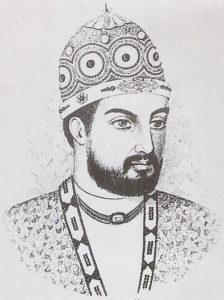
Ala-ud-din Khalji raided Chittorgarh and took its king Raja Ratan Singh as his prisoner. Rani Padmini was the wife of this same Raja Ratan Singh. Khalji pretended to befriend Ratan Singh, took his hospitality, and while exiting from Chittorgarh, took him prisoner by stealth and deceit. He sent this shameless message to Rani Padmini: “If you want to see your husband free, you must submit yourself to me.” Unfazed, Rani Padmini assembled five...

When this was the perilous condition of Sanatana Dharma, it was the Rajputs who faced the aggression unleashed by Muslims. The history and contributions of the Rajputs are truly memorable given the fact that they have shown unforgettable valour and unparalleled heroism throughout. Some scholars have woven fabricated tales claiming that they were not originally from India. However, it is indisputable that they hailed from India. They also claim...
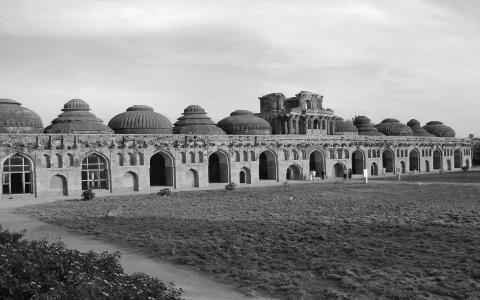
Malik Kafur came to Devagiri, which was at the forefront of South India. Ramachandra was the king of that region. Initially, all of Malik Kafur's ruthless attacks bore no fruit. However, in his second battle with Ramachandra, Malik Kafur defeated him using deceit and foul-play. Soon after, he came to Kapilaraya's Anegondi. Even there, there was widespread bloodshed. Then he attacked Ballala III, a weak Hoysala king who was ruling over...
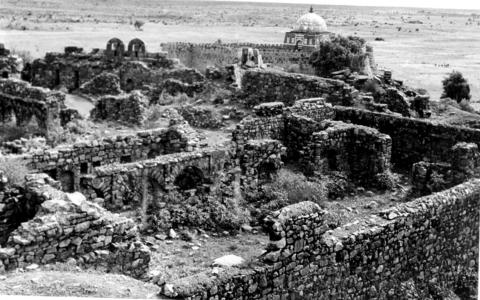
Our 'leaders' and 'intellectuals' have turned a blind eye to the rampant whitewashing of the atrocities committed [by the Muslims]. And so, we can observe a few more aspects:
Just as Timur himself records, when he pillaged the town by name Dipalapura, he gave the order to kill ten thousand people within an hour and ensured that it was executed thus. He looted all the grains in every house and then set them all on fire.
He killed two thousand...
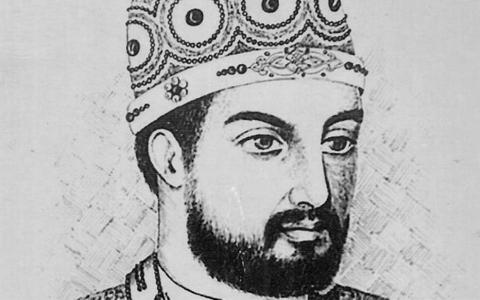
A Muslim could silence a Hindu as per whim and hurl abuses on him without any repercussions. And as for a Hindu, he had to quietly swallow all humiliation without showing the slightest resentment. Ibn Batuta writes, "After defeating and destroying a king, one has to get the queen and the princesses to sing and dance in a filled assembly; and whoever desires them, they must be given away." He says that it was a common feature of Islamic...
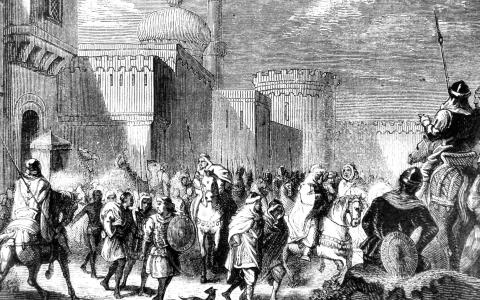
Prithviraj was the last Hindu king of Delhi. It was he who originally had the Red Fort built; scholars opine that it changed due to the Islamic invasions.
Based on the story in Prithvirajraso, we learn that in the war of 1191 CE, Prithviraj set free Ghouri with a pardon after defeating him in a decisive war. Ghouri used deceit to defeat Prithviraj in the Second Battle of Tarain, after which he cruelly blinded Prithviraj by having his eyes gouged...

K M Munshi writes in his preface to the fifth volume of the History and Culture of the Indian People,
“The year A.D. 1000 was a fateful year for India. In that year, Mahmūd of Ghaznī first invaded it. That event, in my opinion, divides Ancient from Medieval India… It was, however, disturbed on occasions, for instance, by the raids of Alexander; by the influx of the Bactrian Greeks, the Kushāṇas and the Śakas; by the invasion of the Hūṇas; by...
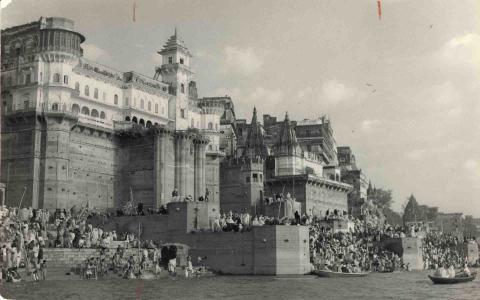
From here onwards we shall specifically focus on the nature of the barbaric assault on India by the Islamic forces from West Asia and its unfortunate results; in the light of this we shall observe how our awareness of kṣātra helped in both the protection of the land as well as the preservation of our culture.
There have been a lot of discussions on this topic and a wealth of information is available to us. Even so, often we find them not to be...
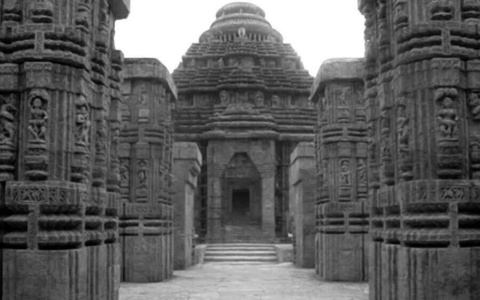
After the demise of Prataparudra, it was the Reddy Kings who faced Muslim invasions in Andhra. Prominent among are Vema Reddy and his younger brother, Malla Reddy. Their role in protecting the Andhra country from Islamic onslaught in the 14th century is truly laudable.
The Reddys belonged to the Fourth Varna. When regarded in this light, the Kakatiyas hailed from the “lower” Jati, the Kamma. However, all of them kept the flame of Kshatra bright...
